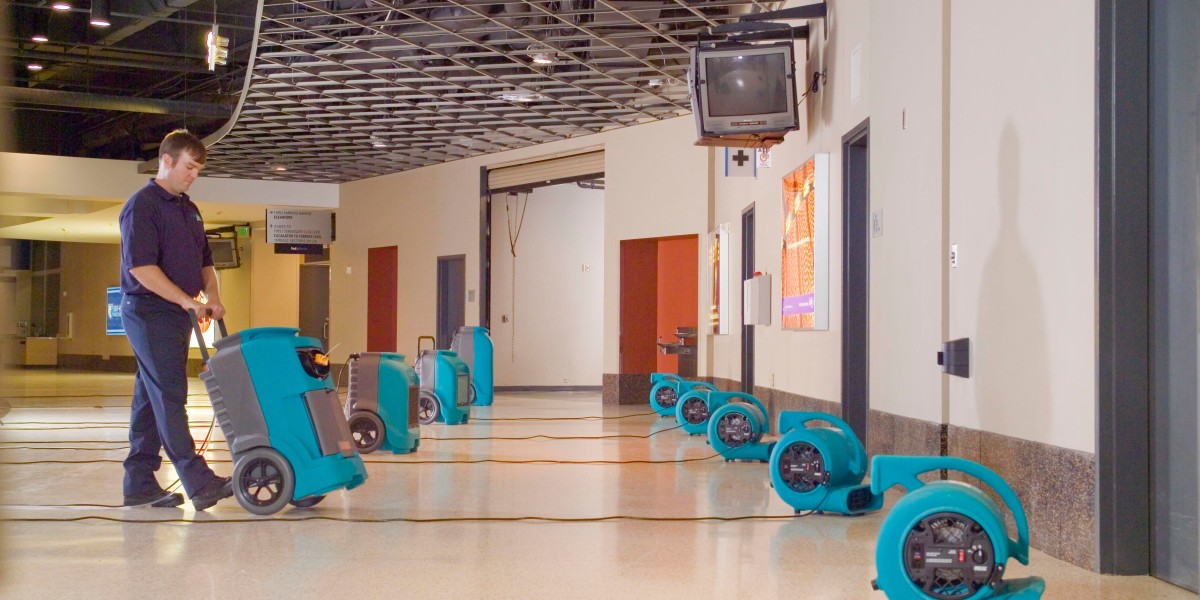Water damage can wreak havoc on a home or business, causing structural problems, health risks, and expensive repairs. It’s important to act quickly, and that’s where water damage restoration services come in. These services are designed to remove water, repair damage, and restore your property to its pre-loss condition.
What is Water Damage Restoration?
Water damage restoration is a specialized service that involves removing water, drying affected areas, and repairing any damage caused by the water. The process includes steps like water extraction, dehumidification, cleaning, sanitizing, and repair work.
Common Causes of Water Damage
Water damage can occur for several reasons, including:
Burst pipes: One of the most common causes of water damage, especially in older homes.
Flooding: Natural disasters like hurricanes or heavy rainfall can cause rivers or streams to overflow.
Leaking roofs: Poorly maintained roofs can leak and cause extensive water damage over time.
Sewer backups: Sewage backups can flood your home with contaminated water, leading to serious health risks.
Appliance malfunctions: Dishwashers, washing machines, and water heaters can leak, causing water to spread across floors and into walls.
Steps Involved in Water Damage Restoration
Professional water damage restoration services follow a series of steps to ensure that your property is safe and fully restored:
Inspection and Assessment
Before starting any restoration work, a technician will inspect the property to determine the extent of the water damage. Using specialized equipment such as moisture detectors, they can identify water presence even in hidden areas.
Water Removal
Using industrial-grade pumps and vacuums, technicians remove standing water from the property. This is crucial to prevent further damage and reduce the risk of mold growth.
Drying and Dehumidification
After water removal, professionals use air movers and dehumidifiers to dry out walls, floors, and furniture. This step helps to prevent any further structural damage.
Cleaning and Sanitizing
Water damage can bring contaminants into your home. Specialists clean and sanitize all affected areas using antimicrobial treatments and disinfectants to ensure your property is safe.
Repair and Restoration
The final step is repairing damaged areas, whether that’s replacing drywall, repainting, or fully reconstructing parts of the property. The goal is to return your home or business to its pre-damaged state.
The Importance of Quick Response
Time is of the essence when it comes to water damage restoration. If left untreated, water can seep into the structural components of your home, leading to:
Mold growth: Mold can start to grow in as little as 24-48 hours after water exposure, which can cause respiratory problems and other health issues.
Structural damage: Water can weaken the foundation, walls, and floors, leading to costly repairs.
Electrical hazards: Water can damage your home’s electrical system, creating fire hazards and safety concerns.
Choosing the Right Water Damage Restoration Company
When choosing a water damage restoration company, look for the following:
Experience and expertise: Make sure the company has certified professionals with experience in handling water damage restoration.
Availability: Water damage can occur at any time, so choose a company that offers 24/7 emergency services.
Insurance assistance: A good company will help you navigate the insurance claims process, making it easier for you to get reimbursed for repairs.
Customer reviews: Check for customer reviews and testimonials to ensure the company has a good reputation for providing quality service.
Preventing Future Water Damage
Once your property has been restored, it’s important to take steps to prevent future water damage. Some tips include:
Regular maintenance: Check your roof, gutters, and plumbing systems regularly for leaks or blockages.
Install a sump pump: This device can help remove water from your basement in case of a flood.
Waterproof your basement: Seal cracks in walls and floors to prevent water from seeping in.
Monitor water usage: Be aware of how much water your household uses and look for any unexplained increases in your water bill, which could indicate a leak.
Conclusion
Water damage can be a homeowner’s worst nightmare, but with professional water damage restoration services, you can protect your property and minimize long-term damage. By acting quickly and working with experienced professionals, you can ensure that your home is safe, dry, and fully restored.



